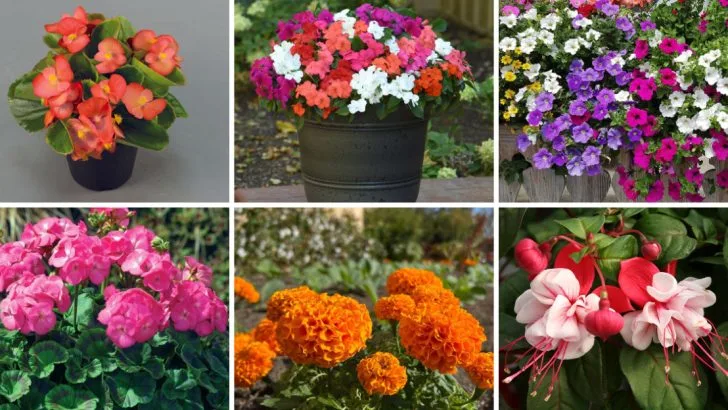It’s easy to assume that anything labeled “pollinator-friendly” is a guaranteed hit with bees, but that’s not always the case. Some popular garden center picks have the right marketing, but not much to offer when it comes to actual nectar or pollen. Bees know the difference—and they tend to skip right over them.
If you’re planting with pollinators in mind, it helps to go with flowers that truly pull their weight. There are plenty of beautiful options that bees and other beneficial insects actually flock to, and swapping a few underperformers for the real deal can make a noticeable difference. It’s less about following the label, and more about choosing plants that actually do the job.
Begonia

Begonias are admired for their vibrant, waxy blooms and lush foliage, making them a garden favorite. However, these flowers are more about aesthetics than function when it comes to attracting bees. Begonias lack the rich nectar that bees seek, causing these buzzing insects to pass them by in favor of more rewarding options. Gardeners may love them for their color and low maintenance, yet for bee enthusiasts, begonias might not be in the lineup. Consider other options if your goal is to create a bee-friendly environment. Begonias, despite their beauty, fall short in this vital role.
Impatiens

Impatiens, with their bright, jewel-like flowers, thrive in the shade, adding a splash of color to darker garden corners. However, these plants don’t offer bees the nectar they crave, making them less attractive to our buzzing friends. Impatiens are often chosen for their ability to flourish with minimal sunlight, but they should not be the primary choice for a pollinator-friendly garden. Their lack of bee appeal is notable, as bees look elsewhere for their floral feast. While gardeners enjoy their vibrant hues, bees simply buzz on past without a second glance.
Petunia

Petunias are a staple in many gardens, adored for their trumpet-shaped blooms and extensive color palette. Despite their popularity among humans, bees are typically indifferent to petunias. The flowers do not produce a significant amount of nectar, which is what bees primarily seek out. Petunias are often chosen for hanging baskets and window boxes due to their cascading growth habit. However, if your aim is to attract bees, petunias might not be your top choice. Their visual appeal does not translate to bee attraction, making them a less effective option for pollinator gardens.
Geranium
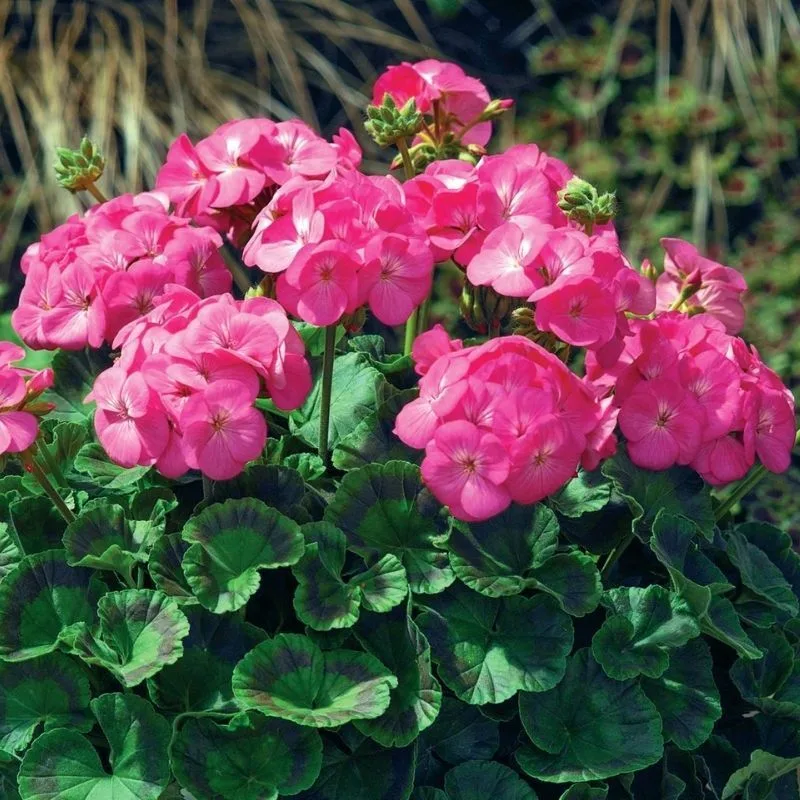
Geraniums, with their robust blooms and appealing fragrance, are a common sight in gardens around the world. Yet for bees, these flowers are more style than substance. Geraniums do not provide the essential nectar or pollen that bees need, resulting in a lack of interest from these crucial pollinators. While they may add charm and elegance to garden beds and borders, geraniums fall short in supporting bee populations. For those looking to cultivate a more impactful pollinator garden, other alternatives should be considered that offer more sustenance for bees.
Marigold
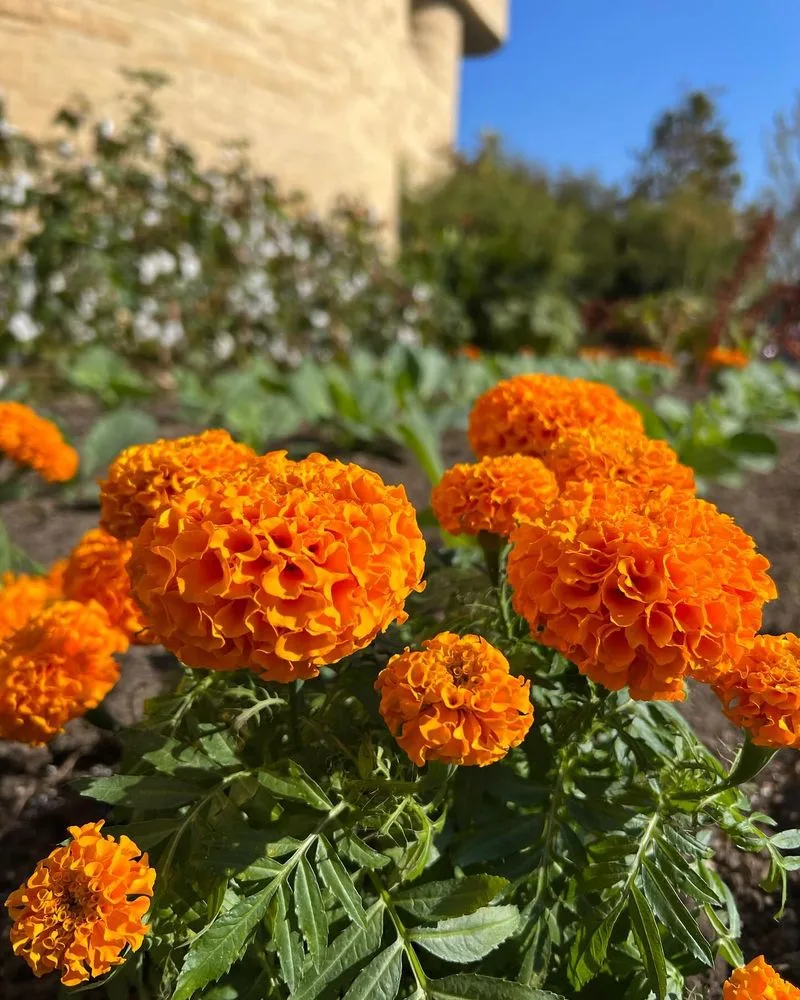
Marigolds, with their bold yellow and orange hues, are celebrated for their pest-repelling properties and easy growth. However, these vibrant blooms do not entice bees as they produce minimal nectar. While they might play a significant role in deterring garden pests, marigolds do little to attract the busy buzz of bees. Many gardeners plant marigolds for their hardiness and brilliant color, but those aiming to create a bee-friendly space may need to look elsewhere. Their lack of nectar makes marigolds an unlikely choice for bee enthusiasts.
Fuchsia
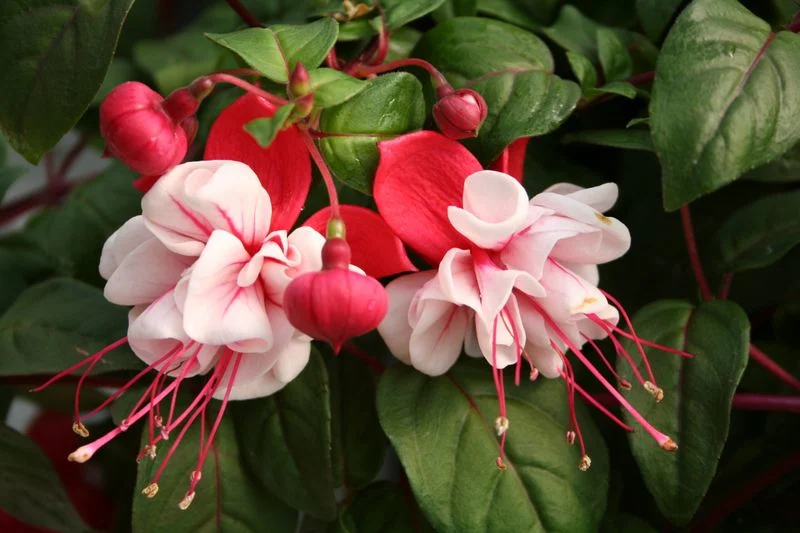
Fuchsias are known for their striking, pendulous blooms that dangle like elegant earrings from hanging baskets. Though a feast for the eyes, these flowers don’t attract bees in the way one might expect. Fuchsias typically don’t provide the nectar bees are searching for, making them less appealing to these busy pollinators. While they grace many gardens with their vibrant presence, fuchsias fall short as a bee attractant. Gardeners looking to entice bees should consider other flowering options that are richer in nectar and more likely to draw a buzzing crowd.
Zinnia

Zinnias, with their bright, bold colors and diverse floral shapes, are a gardener’s delight. However, their appeal to bees can be inconsistent. While some bees may visit zinnias occasionally, these flowers don’t consistently provide the nectar and pollen that sustain bee populations. Zinnias are popular for their long-lasting blooms and ease of growth, making them a staple in many gardens. Yet, for those focused on bee attraction, zinnias might not be the most reliable choice. Other flowers offer more substantial rewards for bees, which prefer richer sources of sustenance.
Chrysanthemum
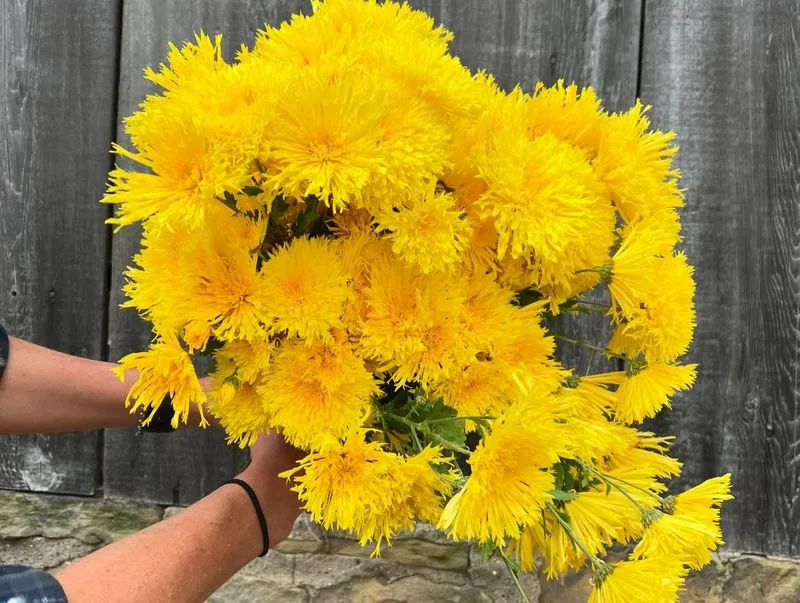
Chrysanthemums, often called ‘mums,’ are cherished for their late-season blooms and variety of colors. Despite their popularity, these flowers are not particularly bee-friendly. Mums are bred for visual appeal rather than nectar production, making them less attractive to bees. As a result, they don’t contribute much to supporting bee populations, especially during critical late-season periods. Gardeners may love mums for their enduring beauty and hardiness, but if the goal is to support pollinators, other plant choices should be considered. Mums may beautify a garden, but they don’t sustain it.
Rose

Roses, the quintessential symbols of love and beauty, captivate with their elegant blooms and enchanting fragrance. Yet, many modern rose cultivars are designed for aesthetics over nectar production, leaving bees uninterested. While some wild and heirloom varieties may still attract bees, the hybrid roses commonly found in gardens often do not. Roses are celebrated for their visual and olfactory appeal, but for those seeking to nurture bee populations, they might not be the most effective choice. Consider including more bee-friendly plants alongside your roses to create a balanced garden ecosystem.
Lavender
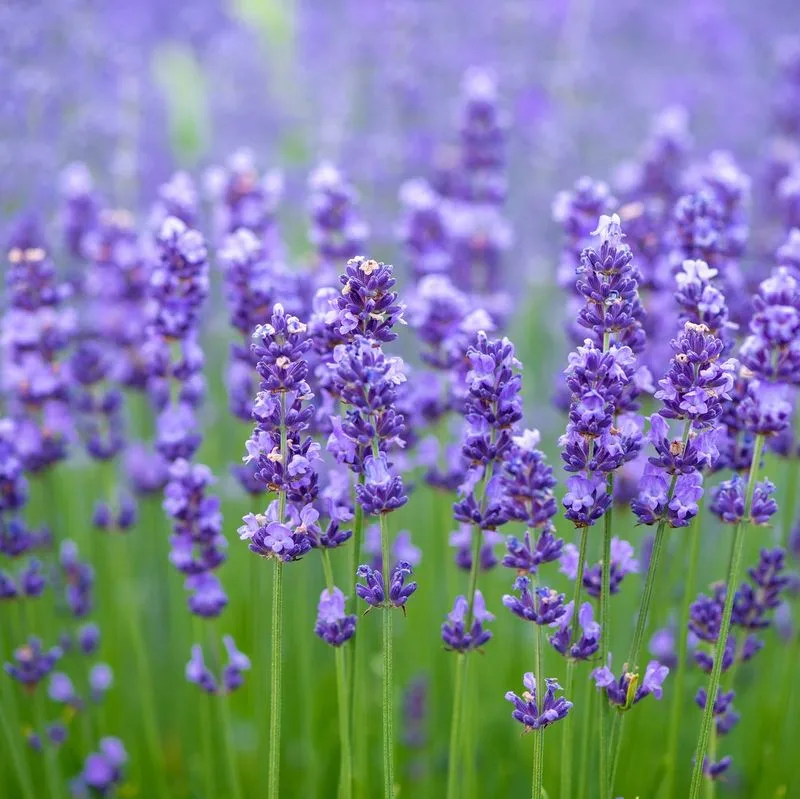
Lavender, with its soothing scent and delicate purple flowers, is a bee magnet. These plants offer rich nectar, making them a favorite among pollinators. Not only do they attract bees, but they also add a calming fragrance to any garden. Lavender is renowned for its versatility, thriving in various climates and serving multiple purposes, from culinary to medicinal uses. Gardeners often plant lavender for its ability to draw in bees and butterflies, making it an excellent choice for a pollinator-friendly garden. Let the gentle hum of bees among lavender blooms be your garden’s melody.
Sunflower
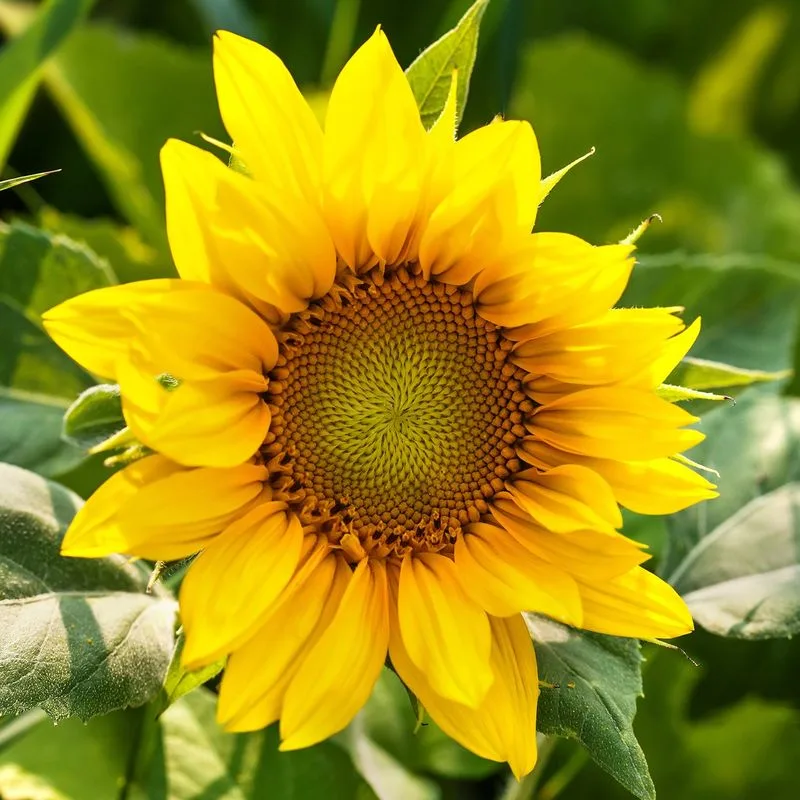
Sunflowers, with their towering stalks and radiant faces, are beloved by bees. These flowers offer ample nectar and pollen, making them an excellent choice for attracting and supporting pollinator populations. Sunflowers are not only a striking garden feature but also a valuable resource for bees, providing sustenance throughout the growing season. Their cheerful appearance and practical benefits make them a favorite among gardeners and bees alike. Consider planting sunflowers to create a vibrant and pollinator-friendly environment that encourages biodiversity and supports vital ecosystems.
Coneflower
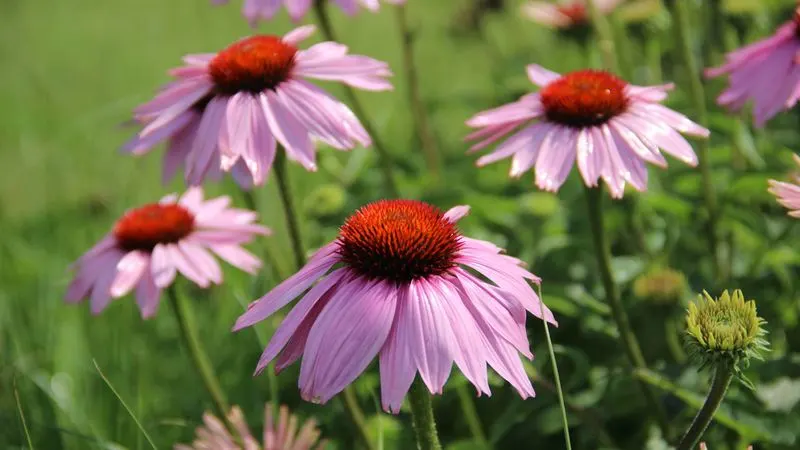
Coneflowers, also known as Echinacea, are adored by bees for their abundant nectar. These hardy perennials thrive in various conditions, offering blooms that attract a wide range of pollinators. Coneflowers are not only beautiful but also beneficial, contributing to a thriving ecosystem. Gardeners prize coneflowers for their resilience and vibrant colors, making them a staple in pollinator gardens. By planting coneflowers, you provide bees with a reliable source of nourishment and enhance your garden’s ecological impact. Let your garden buzz with life by including these essential pollinator plants.
Bee Balm
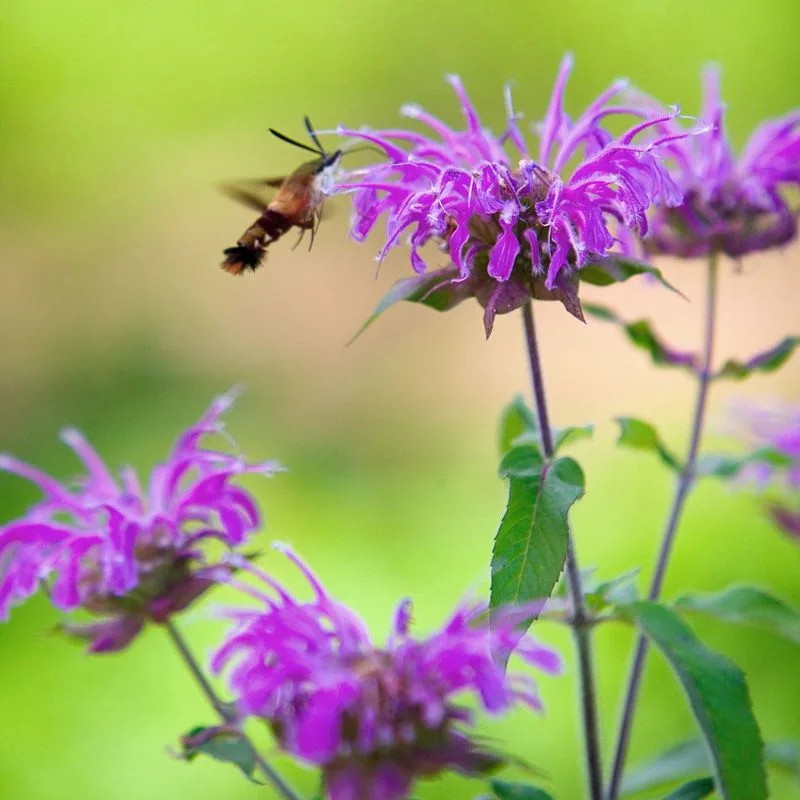
Bee Balm, with its vibrant, tubular blooms, lives up to its name by drawing in bees like a magnet. This plant offers rich nectar, making it an ideal choice for attracting pollinators. Bee Balm is also known for its aromatic foliage and is often used in herbal remedies. Gardeners appreciate its ability to attract not only bees but also butterflies and hummingbirds. Planting Bee Balm in your garden will create a lively and buzzing environment, supporting a diverse range of pollinators. Enhance your garden’s vitality and biodiversity with this essential plant.
Borage
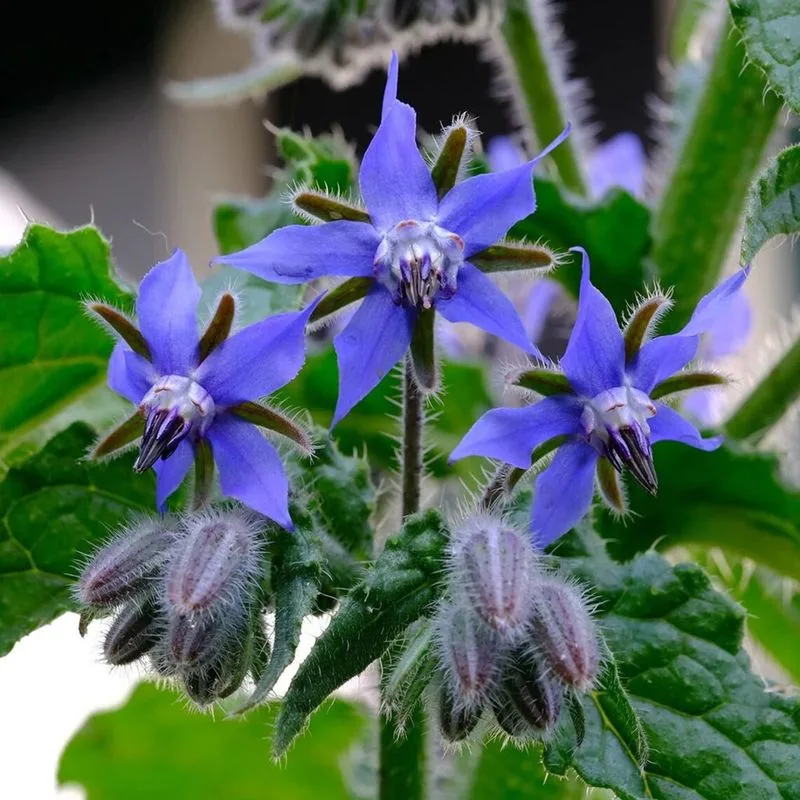
Borage is a bee’s delight, offering star-shaped, blue-hued blooms that are rich in nectar. This annual herb is not only attractive to pollinators but also useful in the kitchen. Borage is known for its cucumber-like flavor, often used in salads and drinks. Gardeners value borage for its ability to self-seed, making it a low-maintenance addition to pollinator gardens. By planting borage, you provide a consistent food source for bees, ensuring your garden remains a haven for these essential creatures. Let borage add color and purpose to your outdoor space.
Black-eyed Susan
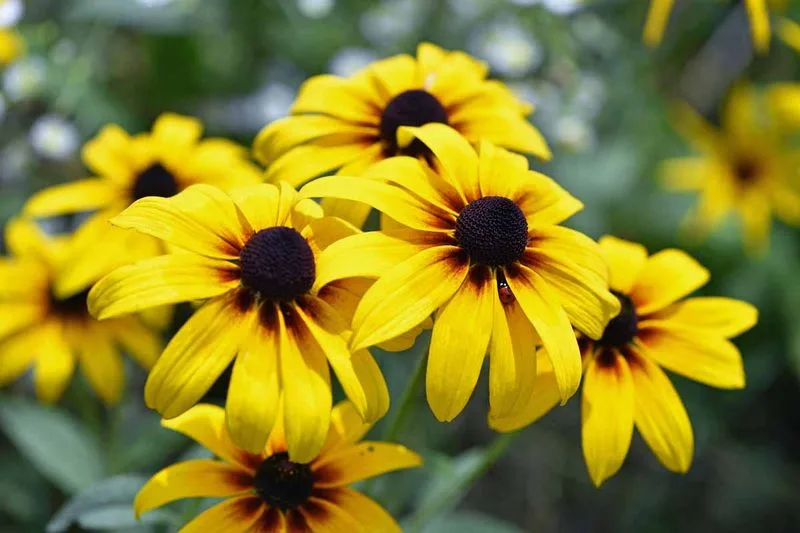
Black-eyed Susans, with their sunny yellow petals and dark centers, are a favorite among bees. These perennials are easy to grow and provide abundant nectar, making them a staple in pollinator gardens. Black-eyed Susans thrive in various soils and conditions, adding bright, cheerful blooms to any landscape. Gardeners love them for their resilience and ability to attract a wide range of pollinators. By including Black-eyed Susans in your garden, you support bee populations and create a vibrant, colorful environment. Celebrate the beauty and benefits of this essential pollinator plant.
Cosmos
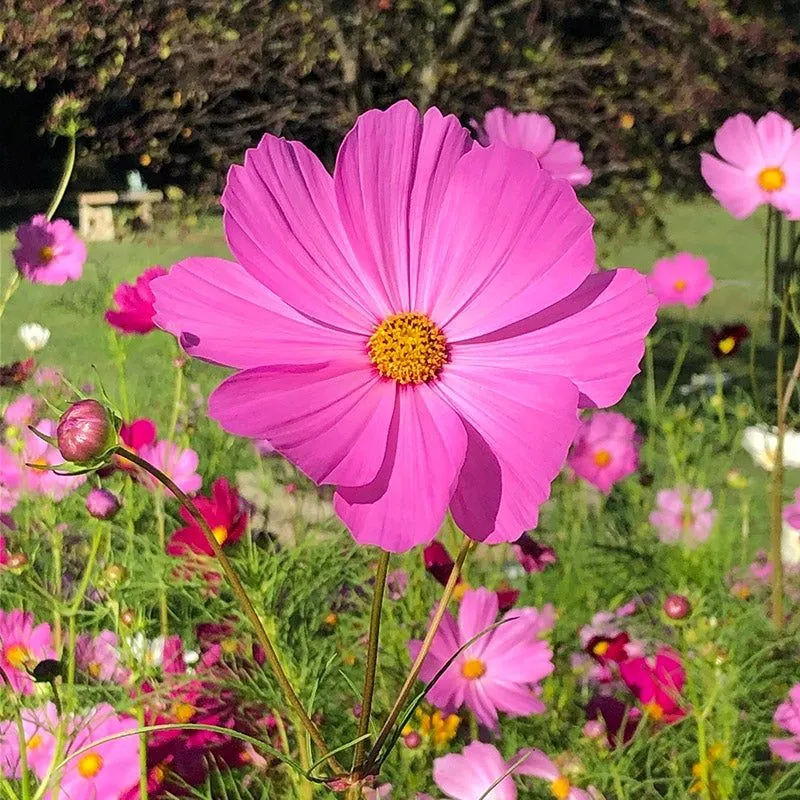
Cosmos, with their delicate, daisy-like blooms, are a bee’s haven. These annuals offer a long blooming period and abundant nectar, making them an excellent choice for attracting pollinators. Cosmos are easy to grow and thrive in well-drained soil, providing a burst of color throughout the growing season. Gardeners appreciate cosmos for their low maintenance and ability to attract bees, butterflies, and hummingbirds. By planting cosmos, you enhance your garden’s appeal and ecological impact, supporting a diverse range of pollinators. Let your garden come alive with the beauty and utility of cosmos.
Aster
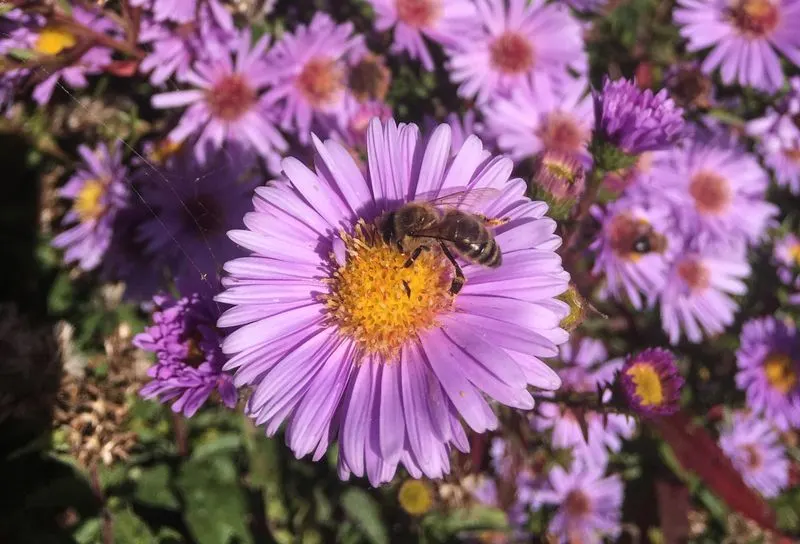
Asters, with their vibrant blooms and late-season flowering, are a crucial resource for bees. These perennials provide nectar when few other plants do, extending the foraging season for pollinators. Asters are hardy and adaptable, thriving in various conditions and adding rich color to gardens. Gardeners value asters for their ability to attract bees and support biodiversity. By planting asters, you ensure your garden remains a vital resource for pollinators well into the fall. Enhance your garden’s ecological significance by including these essential late-blooming flowers.
Goldenrod
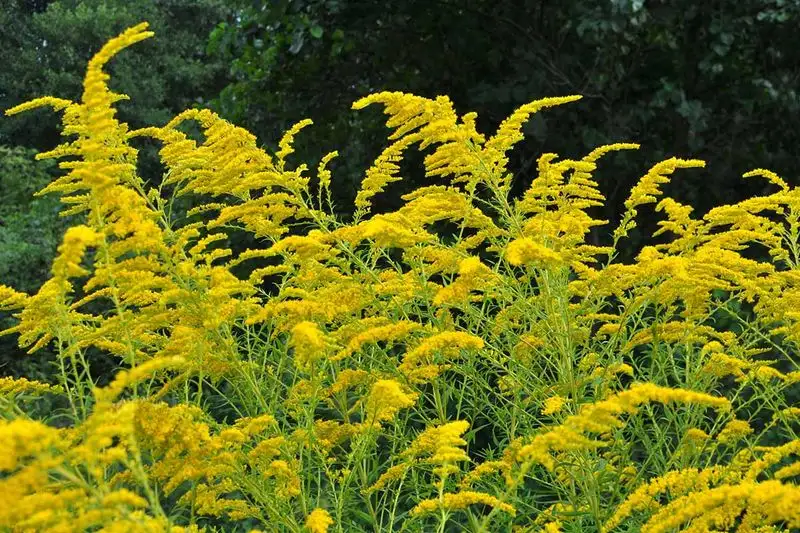
Goldenrod, often mistaken for a weed, is a powerhouse for pollinators, offering abundant nectar and pollen. This hardy perennial blooms late in the season, providing crucial resources for bees preparing for winter. Goldenrod is adaptable and easy to grow, thriving in various conditions and adding vibrant yellow hues to any garden. Gardeners appreciate goldenrod for its ecological benefits and ability to attract a wide range of pollinators, including bees and butterflies. By planting goldenrod, you support biodiversity and create a thriving pollinator habitat.
Joe-Pye Weed
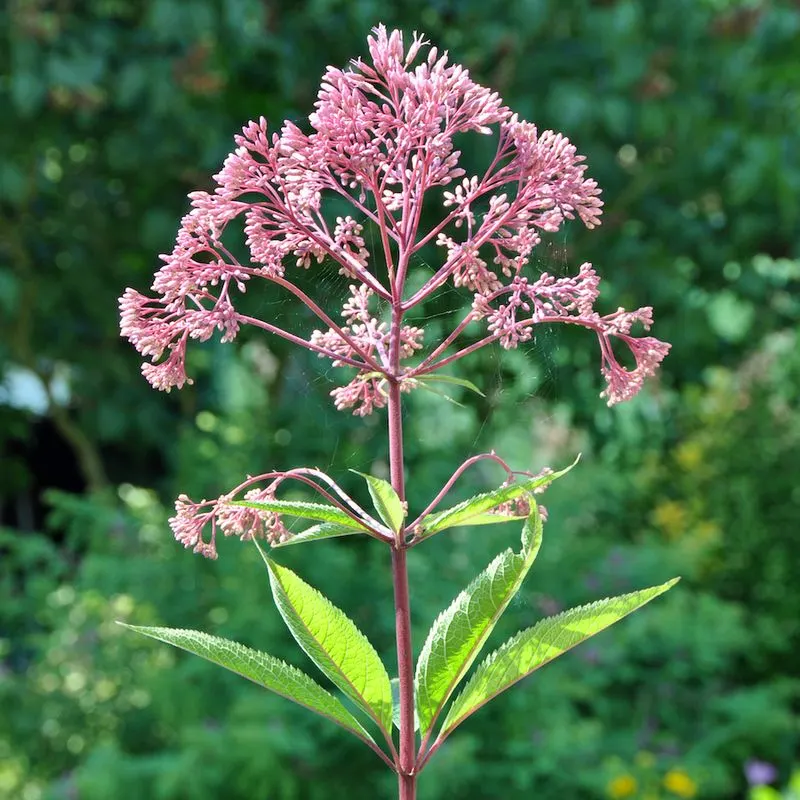
Joe-Pye Weed, with its towering height and clusters of pink blooms, is a magnet for pollinators. This native perennial thrives in moist soils, offering nectar-rich flowers that attract bees, butterflies, and other beneficial insects. Joe-Pye Weed is valued for its ecological benefits and ability to support biodiversity. Gardeners love it for its striking presence and long blooming period, which extends from summer into fall. By planting Joe-Pye Weed, you enhance your garden’s environmental impact and create a supportive habitat for pollinators.
Milkweed
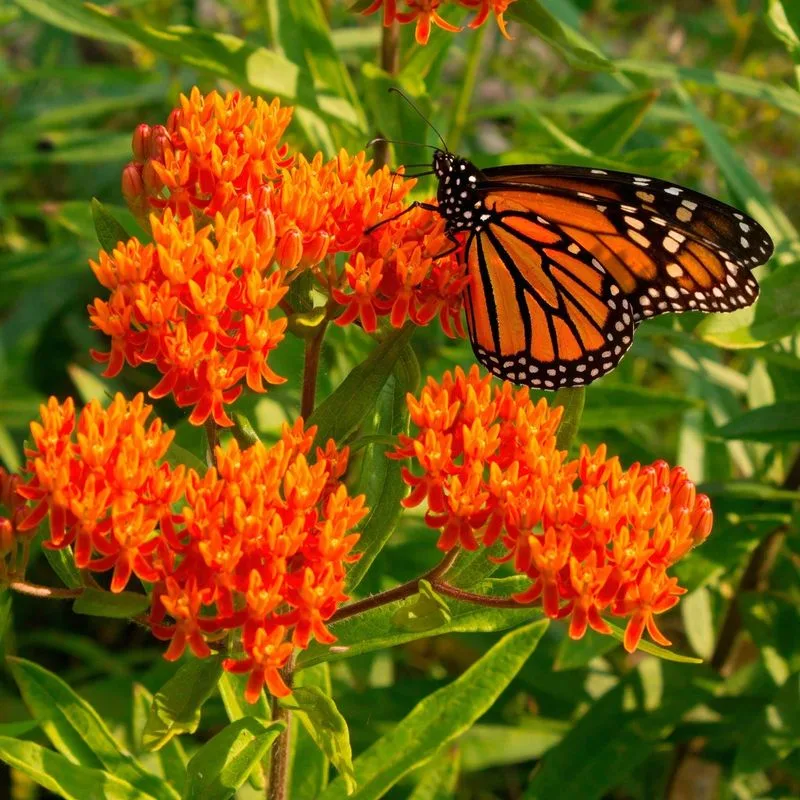
Milkweed is renowned for its role in supporting monarch butterflies, but it’s also a bee favorite. These plants offer abundant nectar and are easy to grow, making them an excellent choice for pollinator gardens. Milkweed is essential for monarch caterpillars, providing the sole food source for their larvae. Gardeners value milkweed for its ecological importance and ability to attract a wide range of pollinators. By planting milkweed, you support both bees and butterflies, creating a vibrant and biodiverse environment in your garden.
Salvia
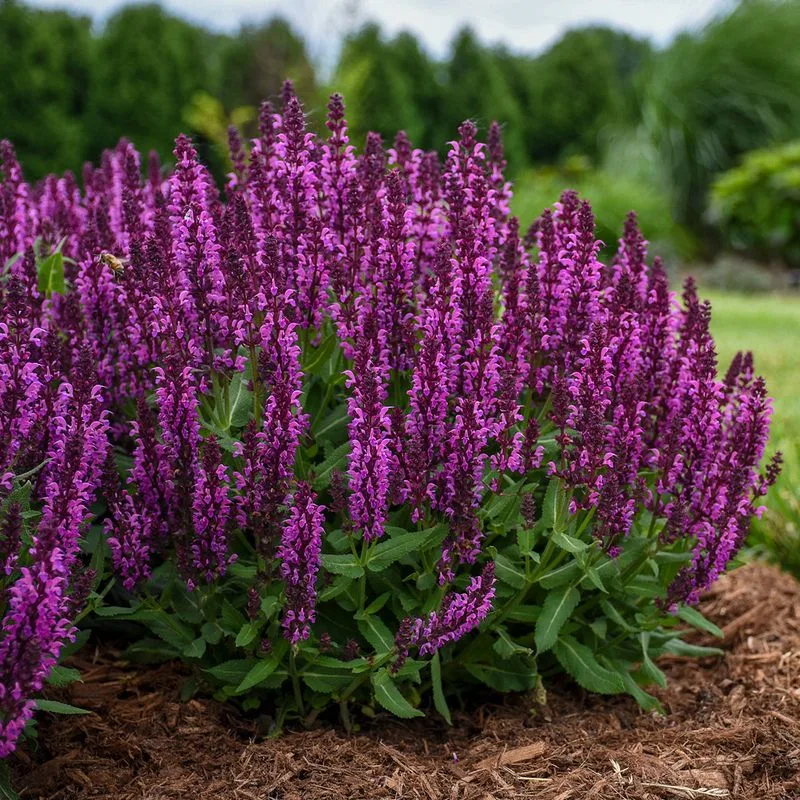
Salvia, with its spiky blooms and rich colors, is a favorite among bees. These perennials offer abundant nectar, making them an excellent choice for pollinator gardens. Salvia is easy to grow and thrives in sunny locations, providing a burst of color throughout the season. Gardeners appreciate salvia for its low maintenance and ability to attract a diverse range of pollinators, including bees and hummingbirds. By planting salvia, you enhance your garden’s appeal and ecological significance, supporting a thriving pollinator population.
Thyme
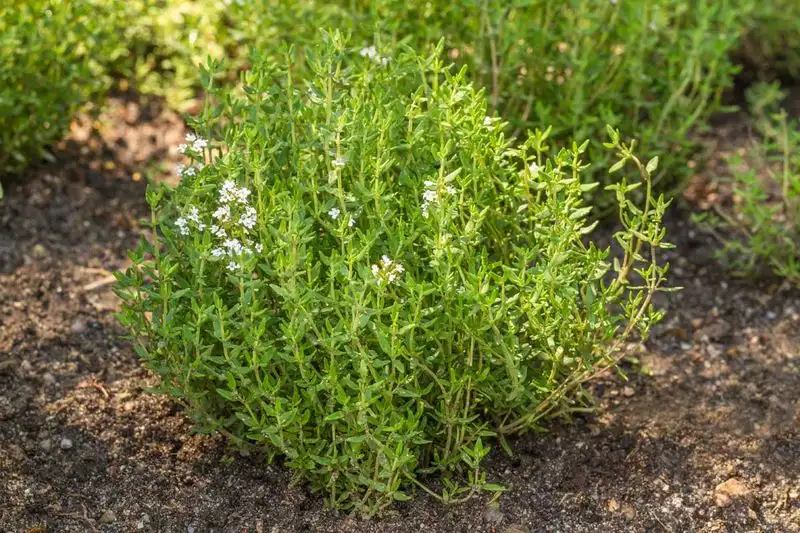
Thyme, although primarily known as a culinary herb, offers small, nectar-rich flowers that attract bees. These low-growing plants are perfect for sunny spots and rock gardens, providing both beauty and utility. Thyme is easy to grow and maintain, making it a versatile addition to any garden. Gardeners value thyme for its ability to attract pollinators and its practical uses in the kitchen. By planting thyme, you support bee populations while enjoying the benefits of fresh herbs. Let thyme add flavor and ecological value to your garden.
Lantana
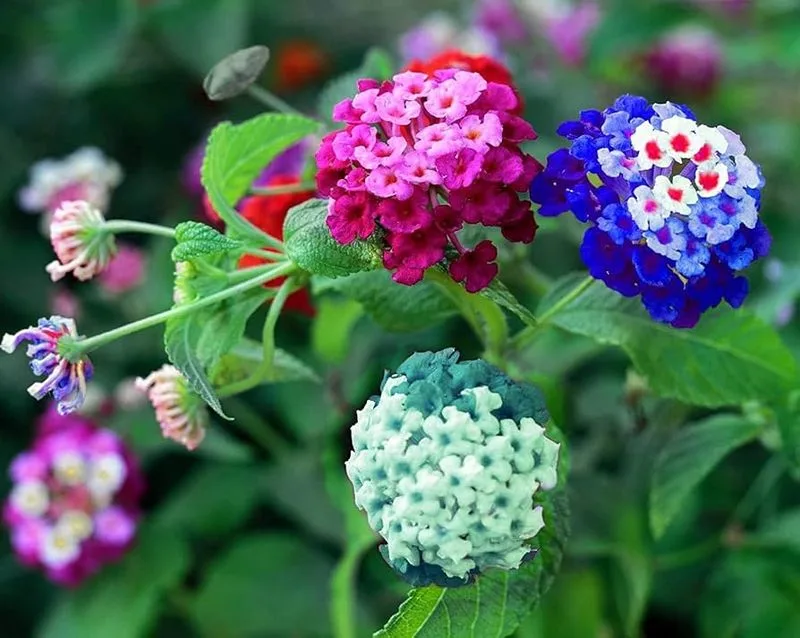
Lantana, with its vivid clusters of small blooms, brings an explosion of color to any garden. But did you know it’s a magnet for bees? Unlike other flowers that bees might bypass, lantana draws them in with its sweet nectar.
Its resilience in hot climates makes it a favorite in sunny gardens. With minimal care, lantana thrives and blooms throughout the season. Its appeal isn’t just visual; the fragrance is an added delight for both bees and humans.
So, if you aim to create a bee-friendly haven, consider planting lantana, a true pollinator’s delight.

